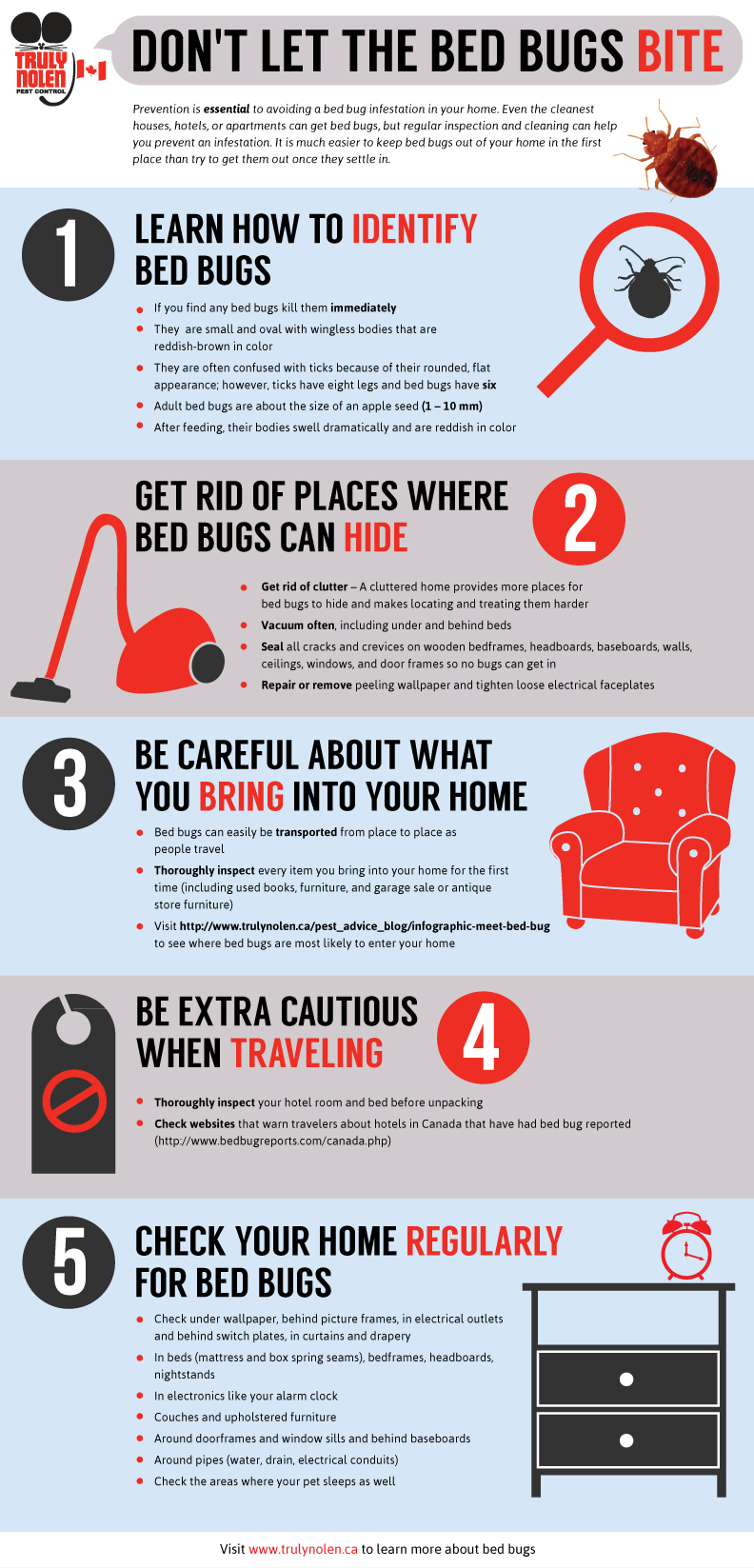Introduce The Interesting Expedition Of Reviving Old Cupboards, Unearthing Forgotten Stories And Unraveling The Enigmas Of The Pasts
Introduce The Interesting Expedition Of Reviving Old Cupboards, Unearthing Forgotten Stories And Unraveling The Enigmas Of The Pasts
Blog Article
Material Author-Burke Crockett
To start the trip of recovering antique cabinets, you need a keen eye for detail. Think of uncovering concealed tricks within each layer of background embedded in the timber. https://felixhqvya.kylieblog.com/28295809/enhance-your-home-s-atmosphere-with-the-workmanship-of-a-personalized-cupboard-maker of revitalizing a once-forgotten item to its previous splendor. Every step of this careful process holds the crucial to protecting the past while creating a future treasure. So, are you all set to embark on this transformative endeavor and unlock the capacity of your antique cupboards?
Analyzing the Closet's Condition
When starting the remediation procedure, start by examining the condition of the antique closet. Meticulously analyze the total structure for any signs of damage such as cracks, chips, or loose joints. Examine the timber for any type of rot, warping, or insect invasion that may have occurred over time. mouse click the next webpage to figure out the degree of the restoration needed prior to continuing further.
Next off, examine the closet's hardware such as hinges, handles, and locks. Make note of any type of missing out on pieces or components that require repair or substitute. Make sure that all hardware is working correctly and firmly connected to the cabinet.
In addition, evaluate the cabinet's surface. Look for https://homeadditionsnearme98876.bloggactif.com/28470977/discover-the-workmanship-of-a-bespoke-cupboard-maker of scrapes, stains, or discoloration that might impact the visual allure. Establish if the surface needs to be stripped and reapplied or if a basic touch-up will suffice.
Gathering the Necessary Devices and Products
After examining the condition of the antique cabinet, the following step is to gather the needed tools and products for the reconstruction process. Before you begin, ensure you have the complying with items handy:
- wood cleaner
- sandpaper in different grits
- wood filler
- paint or wood tarnish
- brushes
- gloves
- safety and security goggles
- a dust mask
- a ground cloth
- a putty blade
- a hammer
- a screwdriver
- a vacuum
These devices and materials are necessary for a successful restoration.
Wood cleaner is vital for eliminating years of dust and crud build-up, preparing the surface for fining sand. Sandpaper of various grits assists in smoothing out blemishes and preparing the wood for a brand-new coating. Timber filler comes in handy for repairing any cracks, openings, or dents existing in the cupboard.
Repaint or wood discolor, along with brushes, permit you to customize the cabinet to your choice. Remember to wear handwear covers, security goggles, and a dirt mask for security. Set a drop cloth to shield your workspace, and utilize a vacuum cleaner to clean up any particles.
With these devices and products gathered, you're ready to begin the remediation procedure.
Performing the Remediation Process
To successfully carry out the remediation process on your antique closet, start by completely cleansing the surface area with the timber cleaner. This action is vital as it aids get rid of years of dust, grime, and old polish that may have accumulated externally.
When yacht cabinetry is tidy and completely dry, analyze the condition of the wood. Seek any splits, scrapes, or various other problems that require to be resolved. Usage wood filler to repair any imperfections, making sure to match the filler color to the timber tone for a seamless coating.
After the repairs have actually dried, carefully sand the entire surface to create a smooth and also base for the brand-new coating. Be careful not to sand too boldy, as you do not want to damage the wood below.
When the sanding is total, apply a timber stain or finish of your option, adhering to the maker's guidelines. Enable the coating to completely dry totally prior to using a protective leading layer to make sure the longevity of your restored antique cabinet.
Final thought
Since you have completed the restoration process, your antique cupboard looks like new.
By adhering to the detailed guide, you had the ability to evaluate, repair, and improve its problem effortlessly.
With a fresh surface and safety top coat, your treasured item will continue to beam for several years to find.
Delight in the appeal of your recovered antique cupboard!
